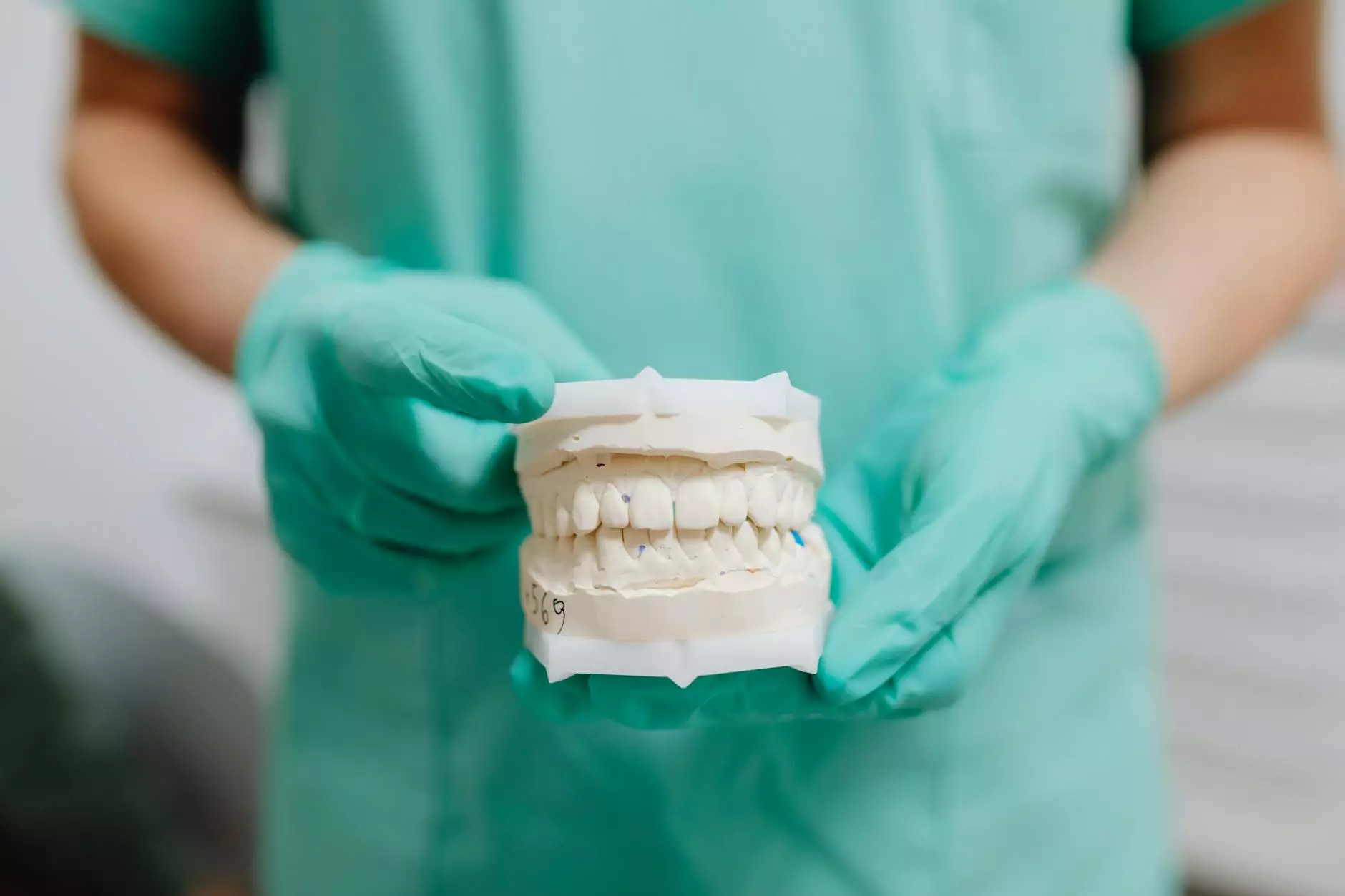Understanding Limited Shoulder Internal Rotation: Causes, Implications, and Treatment

Limited shoulder internal rotation is a term frequently used in clinical settings to describe a restriction in the range of motion of the shoulder joint. This condition can significantly impact an individual's mobility, daily activities, and overall quality of life. Understanding the anatomy of the shoulder, the causes of limited internal rotation, and the available treatment options is crucial for both healthcare providers and patients seeking to address this issue.
The Anatomy of the Shoulder Joint
The shoulder joint is one of the most complex joints in the human body, allowing for a remarkable range of motion. Key components of this joint include:
- Humerus: The upper arm bone that fits into the shoulder socket.
- Scapula: The shoulder blade, which supports the shoulder joint and provides attachment for muscles.
- Clavicle: The collarbone, which connects the arm to the body.
- Rotator cuff: A group of muscles and tendons that stabilize the shoulder and allow for its diverse motions.
What is Limited Shoulder Internal Rotation?
Limited shoulder internal rotation refers to a reduction in the ability of the shoulder joint to rotate the arm towards the center of the body. This movement is fundamental for many activities, including reaching behind the back, throwing motions, and certain lifting tasks. Diagnosing this limitation often involves physical examinations and may require imaging studies to determine the underlying causes.
Range of Motion in the Shoulder
The shoulder joint enables a range of motions, including flexion, extension, abduction, adduction, and internal rotation. The normal range for shoulder internal rotation varies among individuals but generally averages between 50 to 70 degrees. Any significant decrease in this range can lead to functional impairments.
Common Causes of Limited Shoulder Internal Rotation
Determining the cause of limited shoulder internal rotation is vital for effective treatment. The following are some common contributors:
1. Rotator Cuff Injuries
Injuries to the rotator cuff often lead to pain and decreased range of motion. These injuries can result from acute trauma or chronic wear and tear, with common symptoms including inflammation, tears, and tendinopathy.
2. Shoulder Adhesive Capsulitis (Frozen Shoulder)
Frozen shoulder is a condition characterized by stiffness and pain in the shoulder joint, leading to significantly reduced range of motion. This can occur after injury, surgery, or even without any apparent reason.
3. Arthritis
Osteoarthritis and rheumatoid arthritis can both affect the shoulder joint, leading to pain and restricted movement. These conditions often cause joint degeneration and inflammation, further impairing internal rotation.
4. Postural Issues
Poor posture can lead to muscle imbalances that affect the shoulder's mechanics. Individuals with rounded shoulders or forward head posture may experience reduced internal rotation due to tightness in the pectoral muscles and weakness in the scapular stabilizers.
5. Neurogenic Causes
Certain neurological conditions can lead to muscle weakness or spasticity, which may hinder the shoulder's ability to rotate internally. Conditions such as stroke or multiple sclerosis may contribute to these symptoms.
The Impact of Limited Shoulder Internal Rotation
This condition can affect various aspects of a person’s life, including:
1. Daily Activities
Individuals with limited shoulder internal rotation may struggle with basic tasks such as dressing, reaching for items, and performing overhead movements. This can lead to frustration and decreased independence.
2. Athletic Performance
For athletes, particularly those involved in sports requiring overarm motions (e.g., baseball, swimming), limited internal rotation can be detrimental. It may affect performance and increase the risk of further injuries.
3. Psychological Effects
The inability to perform tasks previously considered easy can lead to feelings of depression or frustration. Mental health is affected by physical limitations, making it important to address both aspects in treatment.
Diagnosing Limited Shoulder Internal Rotation
To accurately diagnose limited shoulder internal rotation, healthcare providers typically employ a combination of:
- Physical Examination: Assessing the range of motion and identifying any pain or discomfort.
- Imaging Studies: X-rays, MRI, or ultrasound may help visualize any structural abnormalities in the shoulder.
- Functional Assessments: Evaluating the impact on daily activities and identifying compensatory movements.
Treatment Options for Limited Shoulder Internal Rotation
Addressing limited shoulder internal rotation requires a comprehensive approach. Treatment options may include:
1. Physical Therapy
Physical therapy plays a crucial role in rehabilitation. Therapists may tailor specific exercises to improve both strength and flexibility. Key modalities include:
- Stretching Exercises: To increase flexibility in the shoulder joint and surrounding muscles.
- Strengthening Exercises: Focused on enhancing the rotator cuff and scapular stabilizers.
- Manual Therapy: Techniques to mobilize joint structures and relieve tension.
2. Chiropractic Care
Chiropractic treatment may provide relief from muscular tightness and misalignments that contribute to the condition. Chiropractors use various techniques, including:
- Spinal Manipulation: To improve overall alignment and function.
- Soft Tissue Therapies: To target and release tight muscles around the shoulder.
3. Medications
Over-the-counter anti-inflammatory medications may be recommended to reduce pain and swelling. In some cases, healthcare providers may prescribe stronger medications or corticosteroid injections if inflammation is severe.
4. Surgery
In cases where conservative treatments do not yield improvements, surgical interventions may be considered. Procedures such as arthroscopy can address underlying issues like tears or adhesions.
Preventing Limited Shoulder Internal Rotation
While some causes of limited shoulder internal rotation may be unavoidable, several preventive measures can reduce the risk of developing this condition:
- Regular Exercise: Maintain shoulder strength and flexibility through a balanced fitness routine.
- Posture Awareness: Be mindful of your posture during daily activities, especially if sitting for long periods.
- Ergonomic Adjustments: Make necessary adjustments in your workspace to minimize strain on the shoulders.
Conclusion: The Importance of Awareness and Treatment
Limited shoulder internal rotation can significantly impact an individual’s life, and understanding its causes and implications is essential for effective management. Whether it stems from injury, arthritis, or postural imbalances, timely evaluation and treatment can lead to improved outcomes. Healthcare providers, including physical therapists and chiropractors, play a vital role in rehabilitating those affected by this condition. By fostering awareness and providing comprehensive care, we can help individuals regain their mobility and enhance their quality of life.
For more information on limited shoulder internal rotation and other health-related topics, visit iaom-us.com.



